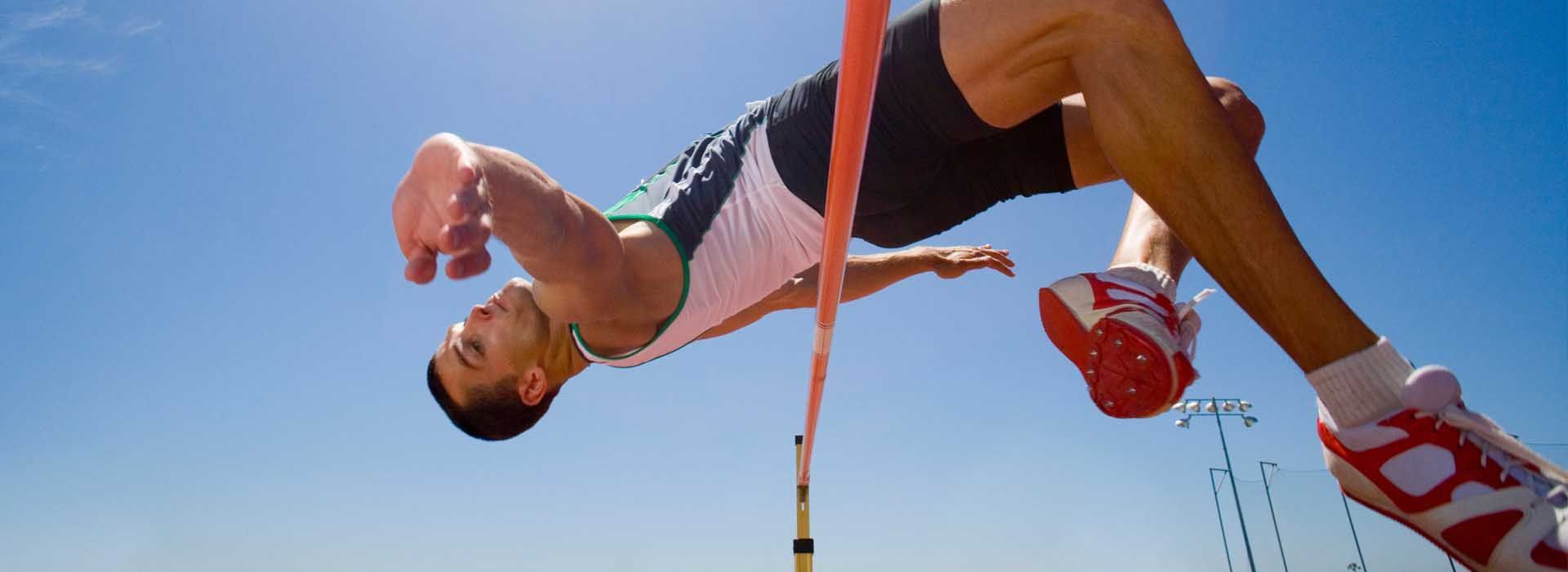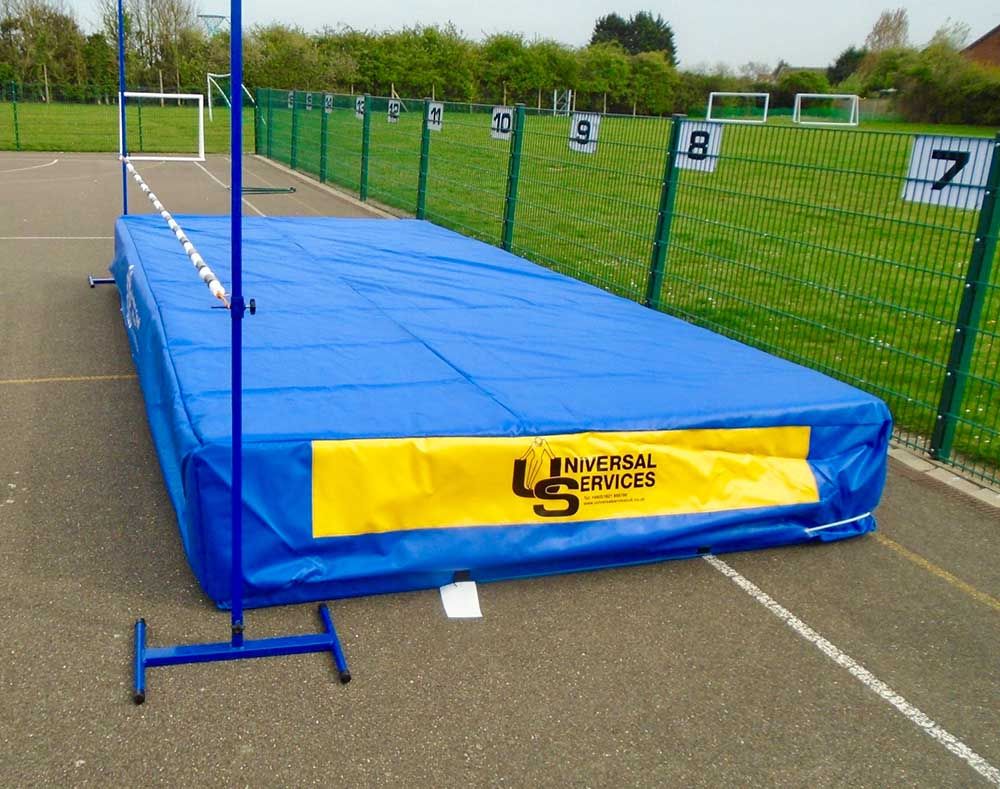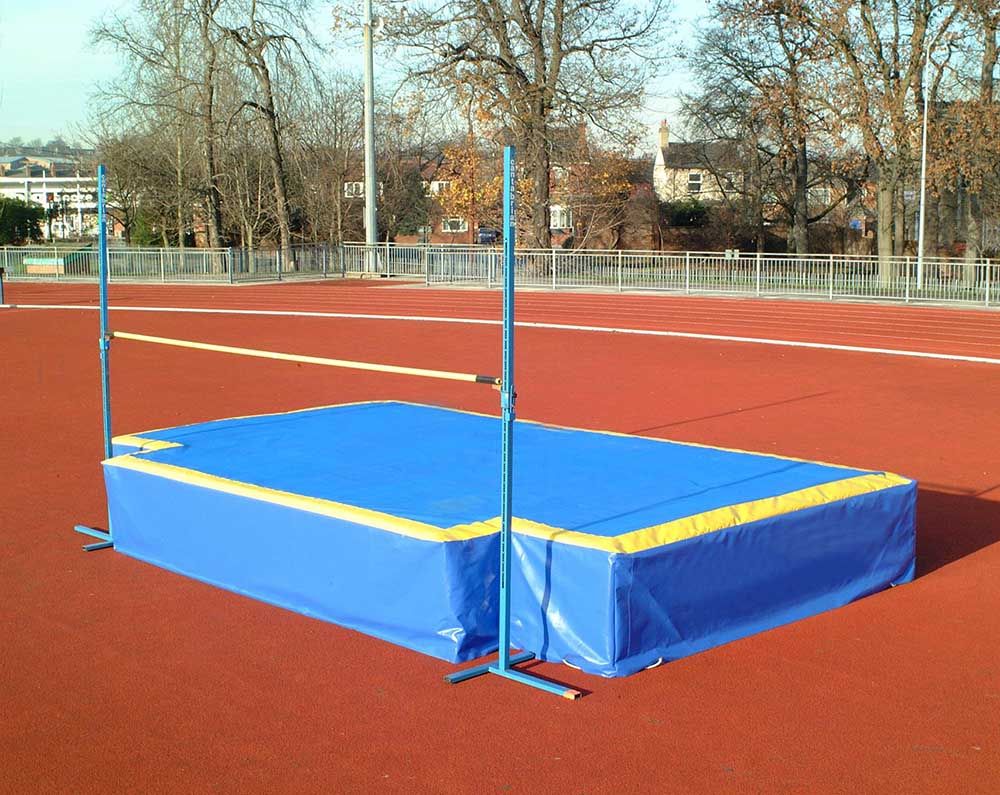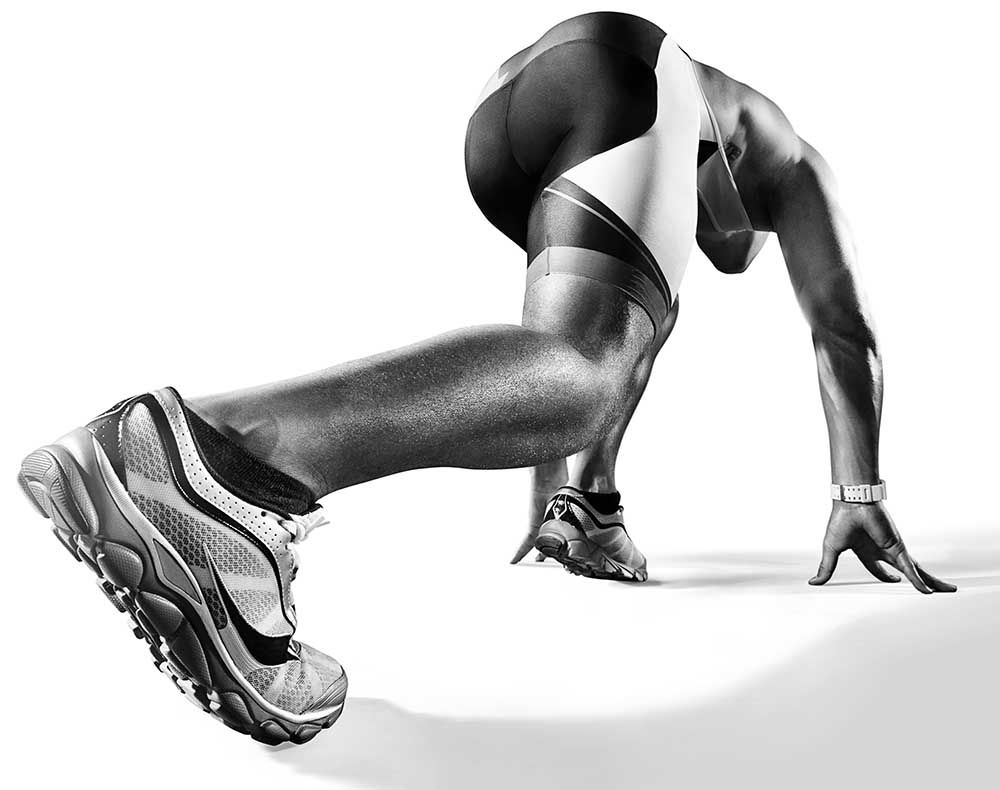
There are many well-documented advantages to getting and staying active. Taking part in sports has been proven to help your students:
At Universal Services, we have found that schools are increasingly adding athletics training equipment to their facilities in recent years.
Athletics training can particularly assist with the following:
Physical Fitness: Athletics training improves overall physical fitness by enhancing cardiovascular endurance, strength, flexibility, and agility.
Muscular Development: Engaging in athletics training helps build and tone muscles, contributing to a well-rounded physique.
Weight Management: Regular training sessions burn calories, promote weight loss, and assist in maintaining a healthy body weight.
Bone Strength: High-impact activities like athletics training strengthen bones, reducing the risk of osteoporosis and related conditions.
Motor Skills: Athletics training hones motor skills such as coordination, balance, and kinaesthesia, enhancing overall body control and movement.
In a nutshell, the high jump is a simple, accessible sport that can be taught quickly to end users of all ages and abilities. High jumpers will benefit from developing the following areas:
Explosive Power: High jump training focuses on developing explosive power in the lower body, particularly the legs. This translates to enhanced speed, jumping ability, and agility.
Vertical Jump Height: High jump training specifically targets vertical jumping ability, allowing individuals to improve their ability to jump higher, a skill that can be beneficial in various sports and activities.
Full-Body Workout: High jump training engages multiple muscle groups, including the legs, core, and upper body, providing a comprehensive full-body workout.
Core Strength: The high jump requires a strong core for stability and control during take-off and landing. Training for high jump strengthens the core muscles, contributing to improved posture, balance, and overall strength.
Mental Focus: High jump training requires mental focus, concentration, and discipline to execute proper techniques, leading to improved mental resilience and focus in other aspects of life.

A 5000 x 2500 x 254mm landing area made up of four modules with PVC coverall to hold mats together when in use.
You will also need to invest in a standard upright/stand and flexibar.
The flexibar is great for teaching high jump because their elastic qualities ensure a safer experience for the student. By using a flexibar, you will be reducing the risk of injury (and removing the student’s fear of hitting it, which can often hinder their performance).

Either a 5000 x 2500 x 508mm landing area made up of seven modules with PVC coverall to hold mats together when in use; or
A 5000 x 2500 x 560mm secondary school competition area with cut outs for stands, made up of three modules with PVC coverall or spike proof coverall to hold mats together when in use.
We also advise investing in standard uprights/stands and both a flexibar (which is best suited to a teaching environment) and a solid lath (which is for jumpers with higher competence or for in lesson or school competitions).
The uprights/posts must be 100mm away from the edge of the landing area, and the bar must be set at the same height on both stands.
Some mats have a cut out for the posts to sit in, which makes setup much easier.
The distance between the uprights should be not less than 4.00m nor more than 4.04m. Additionally, all solid crossbars should be 4m in length.
We recommend ensuring that your space is 15m wide x 16m long. This will give jumpers adequate room to approach the high jump bar.
At school level, the advice is the same for indoor and outdoor high jump setups.
School staff searching for more information on how to operate high jump equipment safely should refer to:
Staff will also need to undergo basic training in order to deliver and supervise safe jump sessions at their facility. Please refer to:
Your high jump landing area could be one of many athletics events taught at your school. Universal Services offers an impressive catalogue of athletics equipment that provides everything you need to deliver training for a variety of disciplines, including:

RELATED ARTICLES - buying guides
Published on 19 May 2023 By Andreas Fantousi
CALL THE SALES TEAM ON +44 (0)1621 868 700
Or send your enquiry